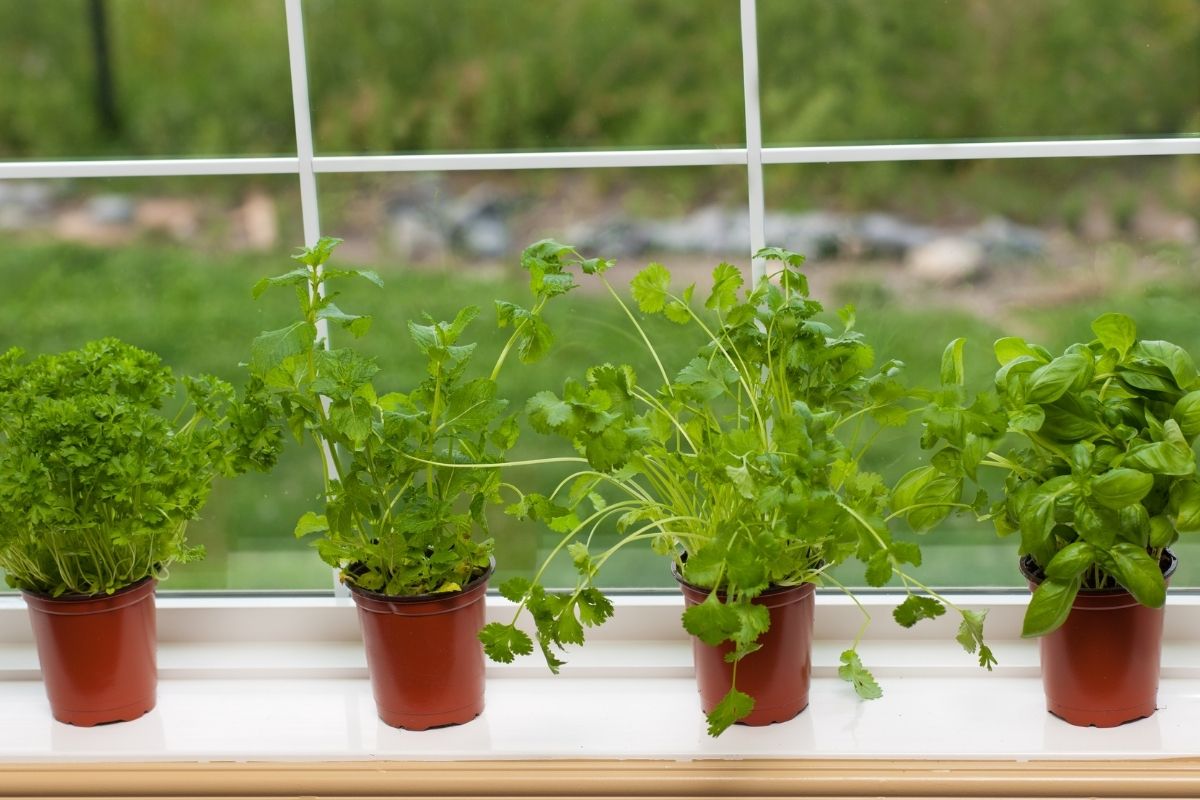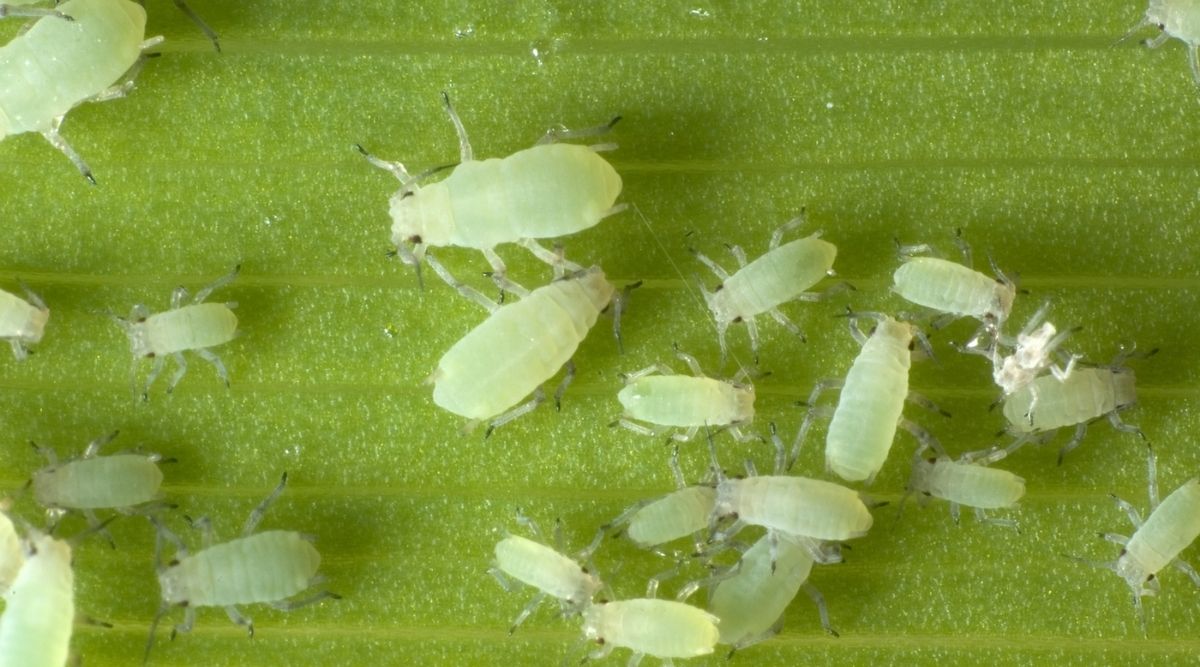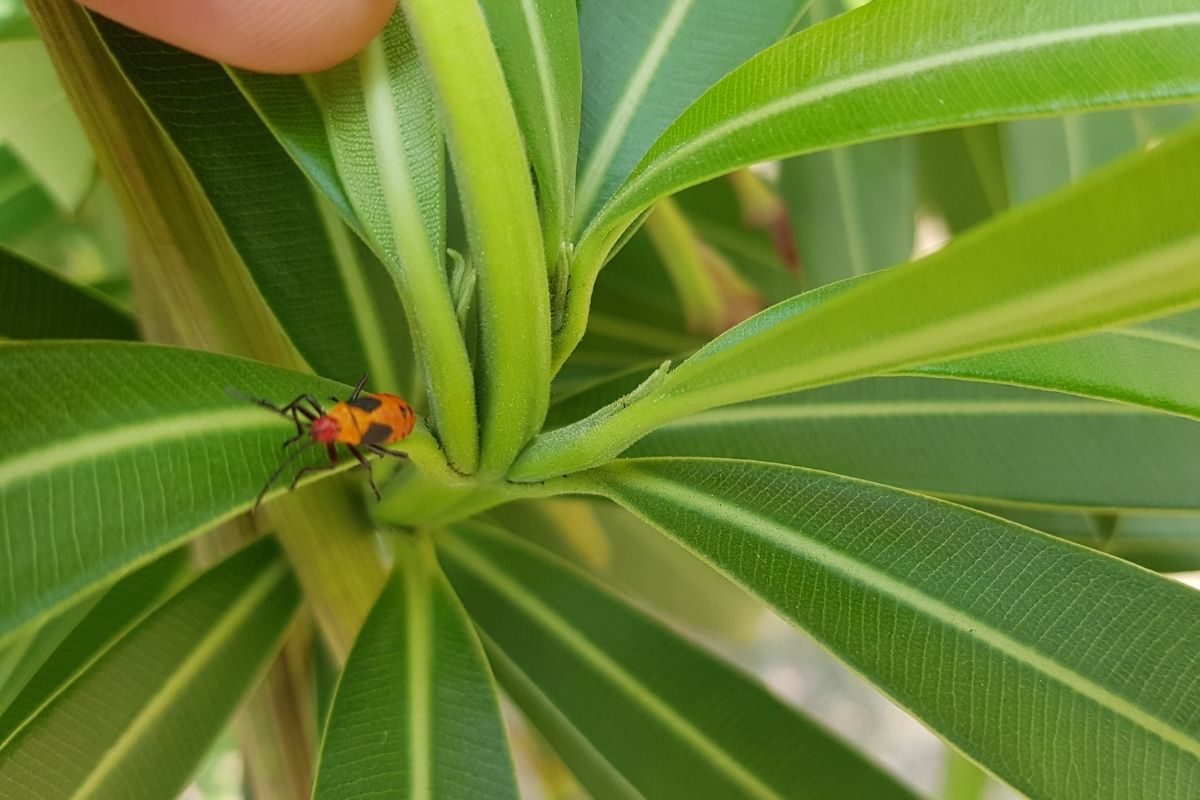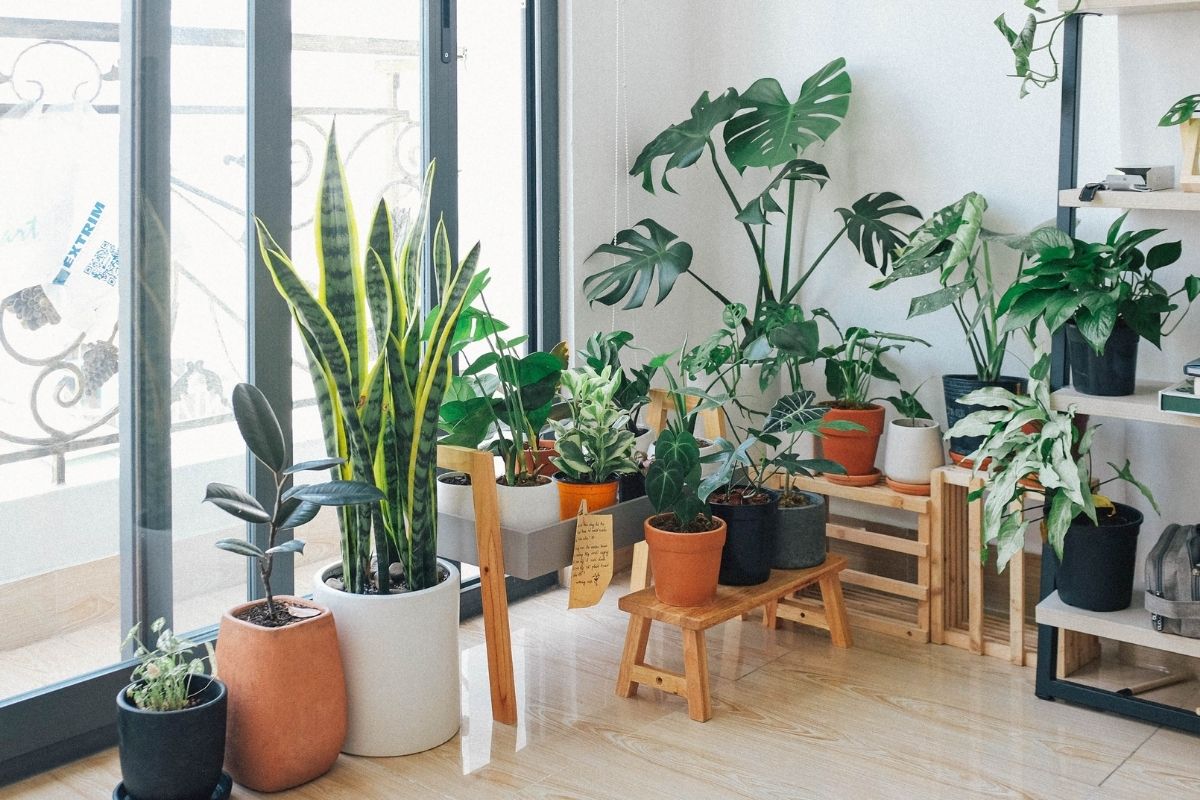If you live in the heat of the Arizona desert, you may be unsure of what flowers you can grow. It is fairly challenging to plant flowers in dry, desert climates, but if you pick the right flowers, they should flourish in the Arizona heat!

Finding plants that thrive in extreme heat is a lot harder. You may want to add some bright flowers to brighten up the desert conditions. However, picking these plants is quite difficult, and you will need to ensure that they fit in with your color scheme!
If you’re looking for the best plants to grow in the Arizona heat you’ve come to the right place! Read on for more information on the best plants to grow in the Arizona heat. Let’s dive in!
Acacia
Acacia is a group of landscaping plants that are made up of both trees and shrubs. These plants offer shade, and they bloom beautifully. They are a great addition to your landscape!
These plants also thrive excellently in full-light conditions, but they do not need specific soil to flourish.
This plant has very distinctive leaves which are feathery or fernlike in their appearance. The leaflets are suppressed or absent and the leafstalks are flattened.
Acacias are very fragrant, which is a great thing to add to your garden or outdoor space. The flowers are either yellow or white, and they are fuzzy in their appearance.
These plants also produce fruits that are variable in their appearance depending on the species that you have planted.
Amaranth
Amaranths are tall plants that flower beautifully. They love full and partial sunlight, and they will grow well in the Arizona heat because they are very resilient.
They are tolerant to drought, and high heat and they do not need much looking after.
These plants are great because they attract bees, butterflies, and hummingbirds. Bringing this wildlife into your garden is both beneficial and enjoyable.
Amaranth plants should be grown from seed. They will need to be planted indoors, and transplanted outside when they have started to grow.
These flowers are beautiful when they are dried as they do not lose their color. They make a beautiful addition to dried arrangements.
These plants are susceptible to virus diseases at times. When this occurs, the plants will develop pale or unhealthy-looking leaves and there is no cure when this happens. The plant should be taken out of your garden.
Aloe
Aloe is a great plant that originates in Southern and Eastern Africa. It is an attractive plant that produces lots of beautiful flowers. This is a perfect plant to add to an Arizona garden as it brings some color to the garden.
Aloe plants come in lots of different forms and they attract hummingbirds. This is due to the conical flowers that form on the long flowering stalks.
They come in a wide range of different colors, ranging from cherry to yellow or deep red.
The rosettes that these flowers form hardly ever die, and they last a very long time. However, if the temperature drops below 24 degrees Fahrenheit, the flower stems or rosettes are at risk of becoming damaged.
Bird Of Paradise
The Bird of Paradise is also known as Caesalpinia. This is another plant that can grow well in the full sun, and it adds some beautiful colors to the garden or landscape.
The flowers that form on this plant are vibrant and durable. They can come in blazing red, yellow and orange colors.
The Bird of Paradise is a shrub that can range in size. In some cases, they can even be small trees. This plant is heat tolerant and it can survive a drought.
It won’t need much watering to stay healthy, but during the flowering stage, it may benefit from being watered around once every two weeks. The plant can also survive well in lots of different soil types.
The seeds of this plant are poisonous to both humans and animals, so you should not consume this plant or allow your pet to!
Hummingbirds and butterflies are attracted to this beautiful plant, which is another reason that this is a great addition to any Arizona garden!
Calliandra
The Calliandra plant is very attractive, with some amazing color stripes. The colors range from light pink to deep scarlet, bringing bursts of color to the landscape!
These plants are nicknamed the fairy duster, due to their appearance. They are named this way because of the stunning stamens that form on the plant.
This is the perfect option for lots of different landscapes as the plant is very versatile and tolerant. It is great for adding to a garden if you wish to attract wildlife, as the colors attract hummingbirds and butterflies.
These plants are drought resistant, which is why they work so well in the Arizona heat. They also will grow and flourish in full sun and heat.
This plant doesn’t require much care, and it can survive on its own. It will easily recover from frost damage, and it can grow well in lots of different soil types.
Dalea
The Dalea is a collection of different kinds of plants that have a delicate texture. They can tolerate very hot weather and full sun.
The plant is made up of over 200 different species of trees and shrubs, and they are native to the deserts in the Southwest.
Dalea is great at drawing pollinators into your garden, including pollinating flies and butterflies. They are attracted to the plant due to the colors of the flowers, including violet, rose, and yellow.
The seeds of these plants are usually eaten by birds such as doves and finches, so they attract these birds to the landscape.
Eremophila
This is another plant that flourishes in the Arizona sun. It is a perennial plant that originates from Australia. The name comes from the word ‘eremos’ which means a lonely area, or desert.
This plant is also known as the Emu bush, and it can be grown in lots of different soil types. They can also survive without water for a long period, making the drought resistant.
The plant features lots of different colors including yellow, violet, pink, and red. They often attract both hummingbirds and other pollinators.
The Emu bush can be grown in lots of different types of soil, but they are the same as those in the Southwest.
Prosopis
The Prosipis is a very flexible plant that is resistant to growing in different conditions. It is adaptable and it can survive in excess water conditions or droughts.
There are many different species of this plant, and they are known for their curly nature. The Prosopis has long served as both food and shelter to those in the desert, and it has also been used as medicine.
The plant has dark green leaves and the bark of the tree is dark. It produces yellow-colored blooms that can create different shapes and sizes of seeds.
Depending on the variety, the top of this plant can have a width of 20 to 35 feet. To look after your Prosopis, you will need to have an adequate watering schedule, but this should be on the canopy instead of at the bottom of the trunk.
Angelonia
Angelonia is a flowering plant. It has purple, pink, and white flowers. This plant loves the sun and heat, but it will need moist soil to flourish.
This plant is great for the garden because it will grow all year long if there are no cold snaps.
This plant grows very well in both containers and on Earth. It can tolerate brief droughts but it will need some watering.
The Angelonia attracts bees, butterflies, and other pollinating insects. This makes it a great addition to the garden.
Baja Fairy Duster
The Baja fairy duster is a beautiful flowering bush. It produces red, rose, or plum bristle-like blooms.
This plant can grow up to 6 feet wide, and it is very appealing to hummingbirds. This is because of the color and fragrance.
This plant is perfect for desert gardens as it is very hardy. It hardly ever attracts pests or diseases, loves full sunlight, and doesn’t require any pruning.
The leaves on this plant close up overnight and open up again in the sunlight. The flowers on this bush are very eye-catching, and they bring some brightness into the landscape.
Final Thoughts
So, there you have it! After reading this article, you should now have all of the information that you need on the best plants to grow in the Arizona heat.
With this weather, you may think that there aren’t many plants that you will be able to grow, but this is untrue! Give some of the plants and flowers on this list a try to see if they fit into your garden!
- Best Hanging Plant For Low Light - September 4, 2023
- Best Indoor Plants Florida - August 28, 2023
- Best Plants For Bathroom Smells - August 21, 2023








